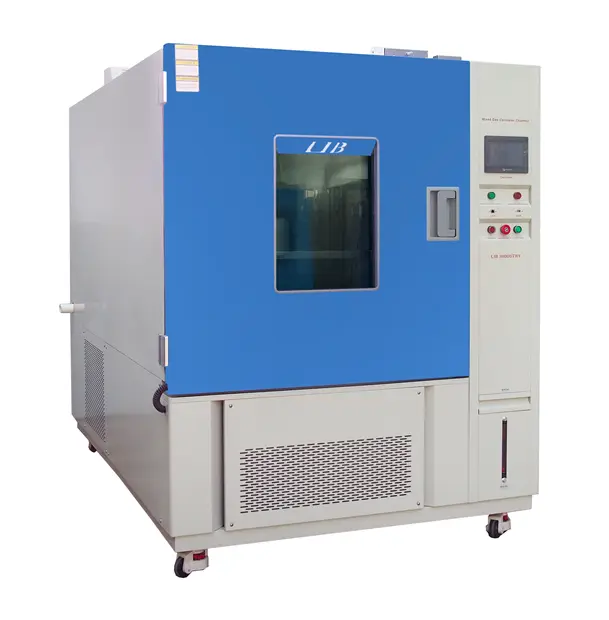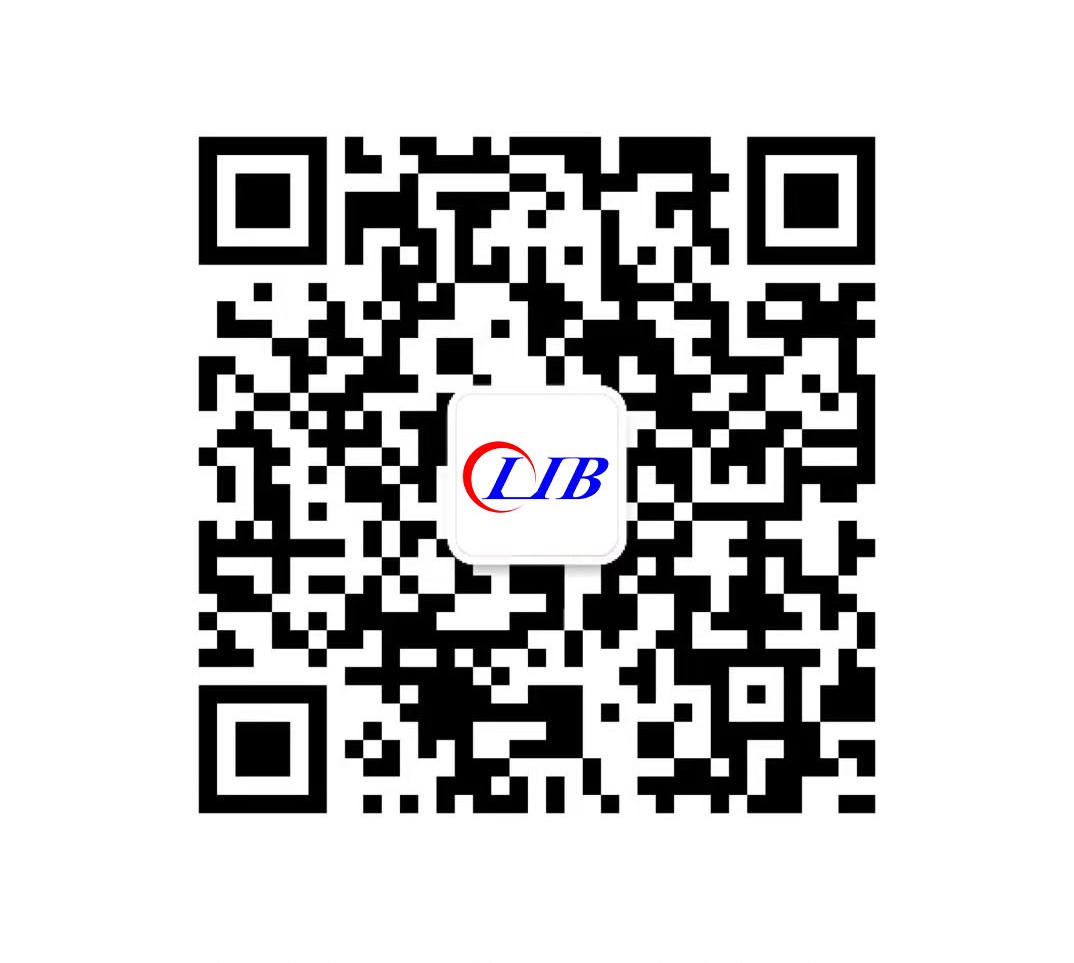Can Weatherometer Chamber Simulate Specific Weather Conditions?
Can Weatherometer Chamber Simulate Specific Weather Conditions?
Absolutely, weatherometer chambers excel at recreating precise atmospheric conditions through advanced environmental simulation technology. These sophisticated testing instruments utilize xenon arc lamps, controlled temperature systems, and programmable humidity controls to replicate everything from scorching desert heat to tropical moisture cycles. Modern weatherometer chambers can simulate UV radiation levels matching specific geographic locations, incorporate water spray systems for rain simulation, and maintain consistent temperature ranges from ambient conditions up to 100°C. With programmable controllers and precise irradiance measurement capabilities, these chambers deliver reproducible test conditions that closely mirror real-world environmental stressors affecting material durability and performance.

Reproducing Intense UV Radiation from Solar Exposure
Understanding Xenon Arc Technology in Weather Simulation
Weatherometer chambers employ xenon arc lamps as their primary radiation source because these lamps produce spectral output closely resembling natural sunlight. The 4500-watt water-cooled xenon arc lamp generates consistent irradiance levels ranging from 35 to 150 W/m², enabling precise replication of solar intensity found in different climatic zones. This technology ensures materials undergo realistic photodegradation processes during accelerated testing.
Spectral Distribution Matching Natural Sunlight
The xenon lamp's emission spectrum covers wavelengths from 300nm to 400nm, with bandwidth measurements at critical points like 340nm and 420nm. This spectral range encompasses the most damaging ultraviolet radiation that causes material deterioration, color fading, and structural breakdown in outdoor applications. Advanced radiometer systems monitor irradiance levels with ±5% tolerance, maintaining consistent exposure throughout extended test cycles.
Controlled Irradiance for Geographic Climate Matching
Different geographical locations experience varying UV intensities based on altitude, latitude, and atmospheric conditions. Weatherometer chambers accommodate these variations through adjustable irradiance settings, allowing researchers to simulate specific regional conditions. Whether testing materials destined for equatorial deployment or temperate climates, the chamber's programmable controls ensure accurate environmental replication.
How Are Temperature and Humidity Precisely Controlled?
Advanced Temperature Management Systems
Modern weatherometer chambers feature sophisticated temperature control mechanisms that maintain chamber conditions from ambient temperatures up to 100°C with ±2°C accuracy. The black panel temperature (BPT) system provides even more precise control, ranging from 35°C to 85°C, simulating the actual surface temperatures materials experience under direct sunlight. Mechanical compression refrigeration systems enable rapid temperature transitions and stable maintenance.
Temperature Parameter | Range | Accuracy |
Chamber Temperature | Ambient - 100°C | ±2°C |
Black Panel Temperature | 35°C - 85°C | ±2°C |
Cooling System | Mechanical Compression | Real-time |
Humidity Control Through Evaporation Systems
Humidity regulation utilizes external isolation stainless steel surface evaporation humidifiers, maintaining relative humidity levels between 50% and 98% RH with ±5% RH deviation. This precise control simulates various atmospheric moisture conditions, from arid desert environments to tropical rainforest humidity. The programmable controller manages humidity cycles automatically, ensuring consistent test parameters.
Thermal Insulation and Stability Features
Polyurethane foam insulation combined with specialized insulation cotton maintains thermal stability within the test chamber. Double-layer thermostable silicone rubber sealing around observation windows prevents temperature fluctuations while allowing visual monitoring. The 304 stainless steel interior provides excellent thermal conductivity and corrosion resistance.
Simulating Rain, Dew, and Moisture Cycles with Spray Systems
Water Spray Technology for Precipitation Simulation
Weatherometer chambers incorporate specialized water spray systems equipped with precision nozzles that distribute moisture evenly across test specimens. These spray cycles can be programmed from 1 to 9999 hours and 59 minutes, allowing simulation of various precipitation patterns from light dew formation to heavy rainfall conditions. The automatic water supply system ensures continuous operation during extended testing periods.
Moisture Cycling for Realistic Environmental Stress
Alternating wet and dry cycles create thermal shock conditions that materials encounter in natural environments. The chamber's programmable controller manages these transitions automatically, creating realistic moisture stress that accelerates material degradation processes. Water purification systems ensure spray quality remains consistent, preventing contamination that could affect test results.
Dew Point Simulation Through Temperature-Humidity Interaction
Precise coordination between temperature and humidity controls enables accurate dew point simulation. As chamber temperature decreases while maintaining high humidity levels, condensation naturally forms on specimen surfaces, replicating morning dew conditions. This capability proves essential for testing materials susceptible to moisture-induced degradation.
Mimicking Specific Geographic Climates and Seasonal Variations
Tropical Climate Reproduction
Weatherometer chambers excel at simulating tropical conditions characterized by high temperatures, elevated humidity, and intense UV radiation. The chamber maintains temperatures around 35-40°C with 80-98% relative humidity while delivering high irradiance levels. These conditions accelerate degradation processes affecting materials deployed in tropical regions.
Desert Environment Simulation
Arid climate simulation involves high temperature settings up to 85°C combined with low humidity levels around 50% RH. The intense UV exposure coupled with extreme temperature variations tests material resilience against thermal cycling stress. This simulation proves crucial for automotive and aerospace applications in desert regions.
Temperate Seasonal Cycling
Programmable controllers enable seasonal variation simulation through gradual temperature and humidity transitions. Spring conditions might involve moderate temperatures with increasing humidity, while winter simulation incorporates lower temperatures with reduced UV exposure. These cycles test long-term material stability across seasonal changes.
Climate Type | Temperature Range | Humidity Range | UV Intensity |
Tropical | 35-40°C | 80-98% RH | High |
Desert | 40-85°C | 50-65% RH | Very High |
Temperate | 20-35°C | 60-85% RH | Moderate |
Why is Spectral Irradiance Control Critical for Accuracy?
Wavelength-Specific Material Degradation
Different materials respond uniquely to specific wavelengths within the UV spectrum. Polymers typically degrade most rapidly under UV-B radiation (280-315nm), while certain dyes and pigments show maximum sensitivity to UV-A wavelengths (315-400nm). Weatherometer chambers provide precise spectral control to target specific degradation mechanisms relevant to each material type.
Calibrated Radiometer Systems
Built-in UV radiometers continuously monitor irradiance levels at critical wavelengths, ensuring consistent exposure throughout test duration. These instruments undergo regular calibration against traceable standards, maintaining measurement accuracy within ±5% tolerance. Real-time monitoring allows immediate adjustment when irradiance levels drift from target values.
Reproducing Solar Spectral Distribution
Natural sunlight contains complex spectral distributions that vary with time of day, season, and atmospheric conditions. Xenon arc lamps closely match this distribution, particularly in the UV and visible regions most relevant to material degradation. Filter systems can modify spectral output to simulate specific atmospheric conditions or enhance particular wavelength ranges.
Customizing Test Parameters for Unique Environmental Stressors
Programmable Control Systems
Modern weatherometer chambers feature advanced programmable LCD touch screen controllers that enable complex test protocol development. Users can create multi-step programs incorporating varying temperature, humidity, and irradiance levels with precise timing control. These programs can simulate diurnal cycles, seasonal variations, or specific environmental stress sequences.
Specimen Capacity and Flexibility
The XL-S-750 model accommodates 42 test specimens simultaneously, with specimen holders measuring 95mm x 200mm. The rotating holder system ensures uniform exposure by continuously moving specimens through the radiation field. This capacity enables comparative testing of multiple materials or formulations under identical conditions.
Safety and Monitoring Features
Comprehensive safety systems protect both equipment and operators through over-temperature protection, over-current protection, water shortage protection, earth leakage protection, and phase sequence protection. Interior lighting and observation windows allow visual monitoring without interrupting test cycles, while data logging capabilities record all test parameters automatically.
LIB Weatherometer: Precision Simulation for Real-World Conditions
Advanced Engineering for Reliable Performance
LIB's weatherometer chambers incorporate state-of-the-art engineering solutions that deliver exceptional reliability and accuracy. The 304 stainless steel interior provides corrosion resistance and easy cleaning, while the protective coating on exterior steel plates ensures long-term durability. Polyurethane foam insulation maintains thermal efficiency and reduces energy consumption.
Comprehensive Quality Control Systems
Every LIB weatherometer undergoes rigorous quality control testing to ensure performance specifications are met. Calibration certificates accompany each unit, providing traceability to international standards. The automatic water inlet system and purification components ensure consistent test conditions while minimizing maintenance requirements.
Global Support and Service Network
LIB Industry provides comprehensive support including installation, commissioning, operator training, and ongoing technical assistance. The company's global service network ensures rapid response to technical inquiries and maintenance needs. Regular calibration services maintain measurement accuracy throughout the equipment's operational lifetime.
LIB XL-S-750 Specifications | Value |
Internal Dimensions | 950×950×850 mm |
Specimen Capacity | 42 pieces |
Xenon Lamp Power | 4500W |
Irradiance Range | 35-150 W/m² |
Temperature Range | Ambient-100°C |
Conclusion
Weatherometer chambers represent sophisticated environmental simulation technology capable of accurately reproducing diverse weather conditions for accelerated material testing. Through precise control of UV radiation, temperature, humidity, and water spray systems, these instruments enable comprehensive evaluation of material durability under realistic environmental stressors. The combination of xenon arc technology, programmable controls, and automated monitoring systems ensures reproducible test conditions that correlate well with natural weathering processes. For manufacturers requiring reliable environmental testing solutions, weatherometer chambers provide essential capabilities for product development and quality assurance programs.
FAQs
How accurate are weatherometer chambers compared to natural weathering?
Weatherometer chambers provide highly accurate simulation of natural weathering through precise control of UV radiation, temperature, and humidity parameters, with correlation factors typically exceeding 0.85 when compared to outdoor exposure results.
What types of materials can be tested in weatherometer chambers?
Weatherometer chambers accommodate diverse materials including automotive paints, textiles, plastics, coatings, building materials, and aerospace components, with flexible specimen holders supporting various sizes and shapes.
How long do accelerated weathering tests typically take?
Accelerated weathering tests typically require 500-2000 hours depending on material type and performance requirements, with acceleration factors ranging from 3-8 times natural weathering rates.
Ready to enhance your material testing capabilities with precision weatherometer technology? Contact LIB Industry, a leading weatherometer chamber manufacturer and supplier, for comprehensive environmental testing solutions tailored to your specific requirements. Our experienced team provides complete turnkey services from equipment selection through installation and training. Reach out to our specialists at ellen@lib-industry.com for detailed technical specifications and customization options.



